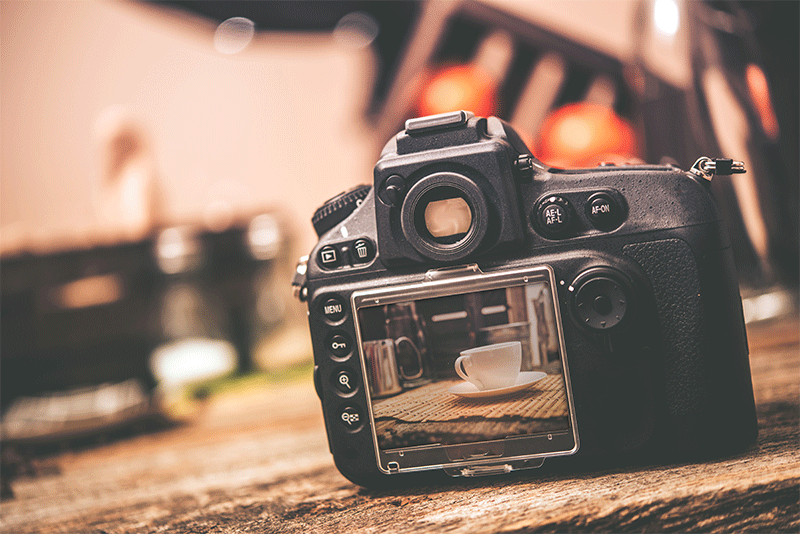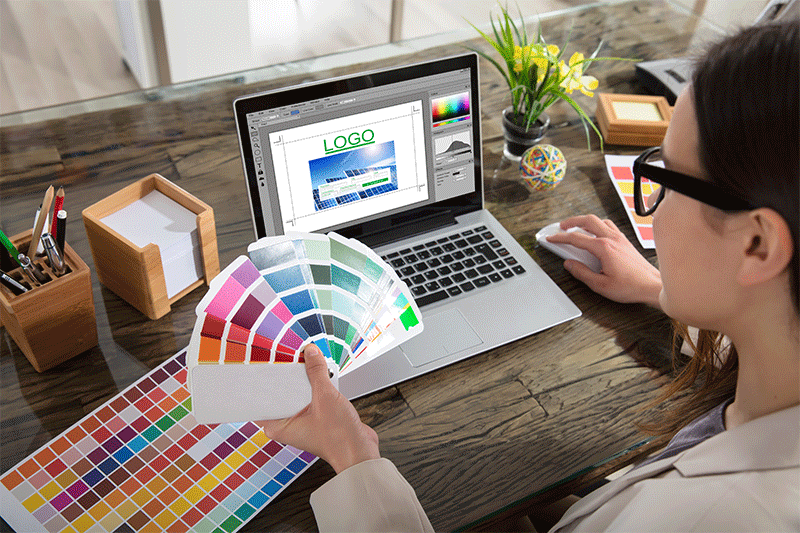When starting out as a budding photographer, experimenting with shots is essential to discovering what your preferred style is. Photos can promote different feelings in their audiences based on the angle, focus or topic involved. Yet, whilst you might get to the stage of realising your photographic style, there is at least one more question that still needs to be addressed. What about colour?
Of course, colour is an integral part of any photographer’s work, but the palette you choose may develop from what you find yourself photographing. Once you have entered the world of photography and practised with your camera, you will soon be able to tell where your innate flair lies. That may be nature, architecture, portraits or whatever subject best showcases you and your photography.
Depending on the theme you are drawn to, you will come to encounter certain colours that frequent that environment. In nature, greens and browns are a common occurrence, whereas buildings may have reddish tones from brickwork or grey from concrete. Deciding how best to represent colours is not easy, as different shades can symbolise different emotions, and these feelings can change depending on what combination of colours are used.
So how does colour affect your photography?
An important thing to remember is that when your photography is starting to obtain a recognisable style, will it appeal to potential clients? It is all well and good liking particular shades, but if the colour suggests something negative to customers, then the photos are less likely to sell. If your business is in the early stages, then your marketing strategy is key. Advertising your images online or on flyers will only bring interest if people feel something positive towards your photos, so getting a feel for how colours are being used by businesses is vital.
Look to the modern age
These days, you can increasingly find what you want online, whether that is on your phone, tablet or laptop. It is worth paying attention to both the colours used for the gadgets which allow you to have online access and for successful bands on the internet. The likes of Apple and Samsung employ whites and metallics as primary colours on their devices. White is long associated with purity and wholeness, therefore satisfying customers, whilst metallic shades are thought of as very futuristic and sophisticated at the moment.
Colour in marketing such as the logos and branding for a business is interesting to look at, especially if you sell stock photographs or want your photography to be used for a website. A case in point can be made by the ever-rising gaming industry, where the number of brands competing ensures that at least the leading brands have been giving palette choice a lot of thought. Comparing different brand logos for the same industry will give you some insight not only into the choice of colours the industry tends to go for, but also what sets the leading brands apart in terms of palette choices. For example, you can look at how new bingo sites approach branding in a very competitive industry, or do the same for online payment methods or e-commerce websites.
You’ll find that pink is considering calming and reassuring, but also a sign of hope, ideal for playing games of chance. Pink, which is calming and reassuring has been used across the world to signify hope and femininity, for causes such as fighting cancer. Pastel shades have also recently been brought into the limelight through online ventures like blogging, being deemed stylish and minimalist. Some brands will choose to go for more vibrant colours, which signify a bolder statement. In colour psychology, blue shows trustworthiness, whilst orange is friendly and yellow is positive. In this case, the shades chosen create a good mixture of feelings, ideal for online gaming.
Colour Symbolism
This philosophy about the symbolism of colours can be seen further afield too. From health organisations like the NHS and Nuffield, the latter having a green colour scheme to represent health, to supermarkets being trustworthy and friendly through their branding, it is easy to see why colours are so important in not only the photos you take, but how you market your photography business. Whilst using more than one colour or shade is accepted, just try not to go over the top. Three or four colours can be used together very effectively, but once you keep adding new colours, your photos and branding might get to busy for people to cope with. Do not worry if you make these misjudgments early on in your photography career, as there will be room for improvement.
The fruits of such research will allow you to not only see which colours appeal to people and why, but also develop an understanding of the feelings associated with each. All you need to do is look at the world around you to get the answers. With such knowledge, you’ll be able to find the right balance, if that’s what you’re going for, or challenge expectations and perceptions if you prefer. At the end of the day, practice makes perfect.




